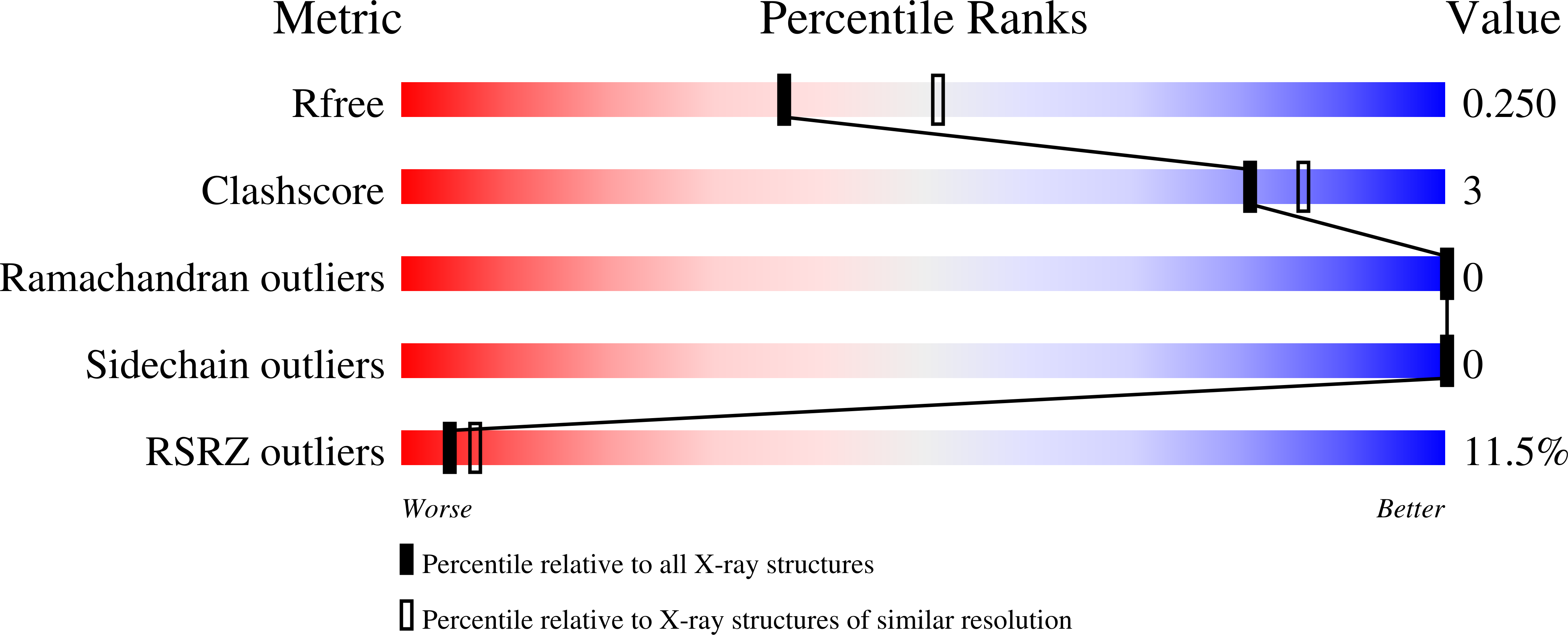Discovery of Novel and Highly Selective Cyclopropane ALK Inhibitors through a Fragment-Assisted, Structure-Based Drug Design.
Fujimori, I., Wakabayashi, T., Murakami, M., Okabe, A., Ishii, T., McGrath, A., Zou, H., Saikatendu, K.S., Imoto, H.(2020) ACS Omega 5: 31984-32001
- PubMed: 33344853
- DOI: https://doi.org/10.1021/acsomega.0c04900
- Primary Citation of Related Structures:
7JY4, 7JYR, 7JYS, 7JYT - PubMed Abstract:
Fragment screening is frequently used for hit identification. However, there was no report starting from a small fragment for the development of an anaplastic lymphoma kinase (ALK) inhibitor, despite the number of ALK inhibitors reported. We began our research with the fragment hit F-1 and our subsequent linker design, and its docking analysis yielded novel cis -1,2,2-trisubstituted cyclopropane 1 . The fragment information was integrated with a structure-based approach to improve upon the selectivity over tropomyosin receptor kinase A, leading to the potent and highly selective ALK inhibitor, 4-trifluoromethylphenoxy- cis -1,2,2-trisubstituted cyclopropane 12 . This work shows that fragments become a powerful tool for both lead generation and optimization, such as the improvement of selectivity, by combining them with a structure-based drug design approach, resulting in the fast and efficient development of a novel, potent, and highly selective compound.
Organizational Affiliation:
Pharmaceutical Research Division, Takeda Pharmaceutical Company Limited, 26-1, Muraoka-Higashi 2-chome, Fujisawa, Kanagawa 251-8555, Japan.
















